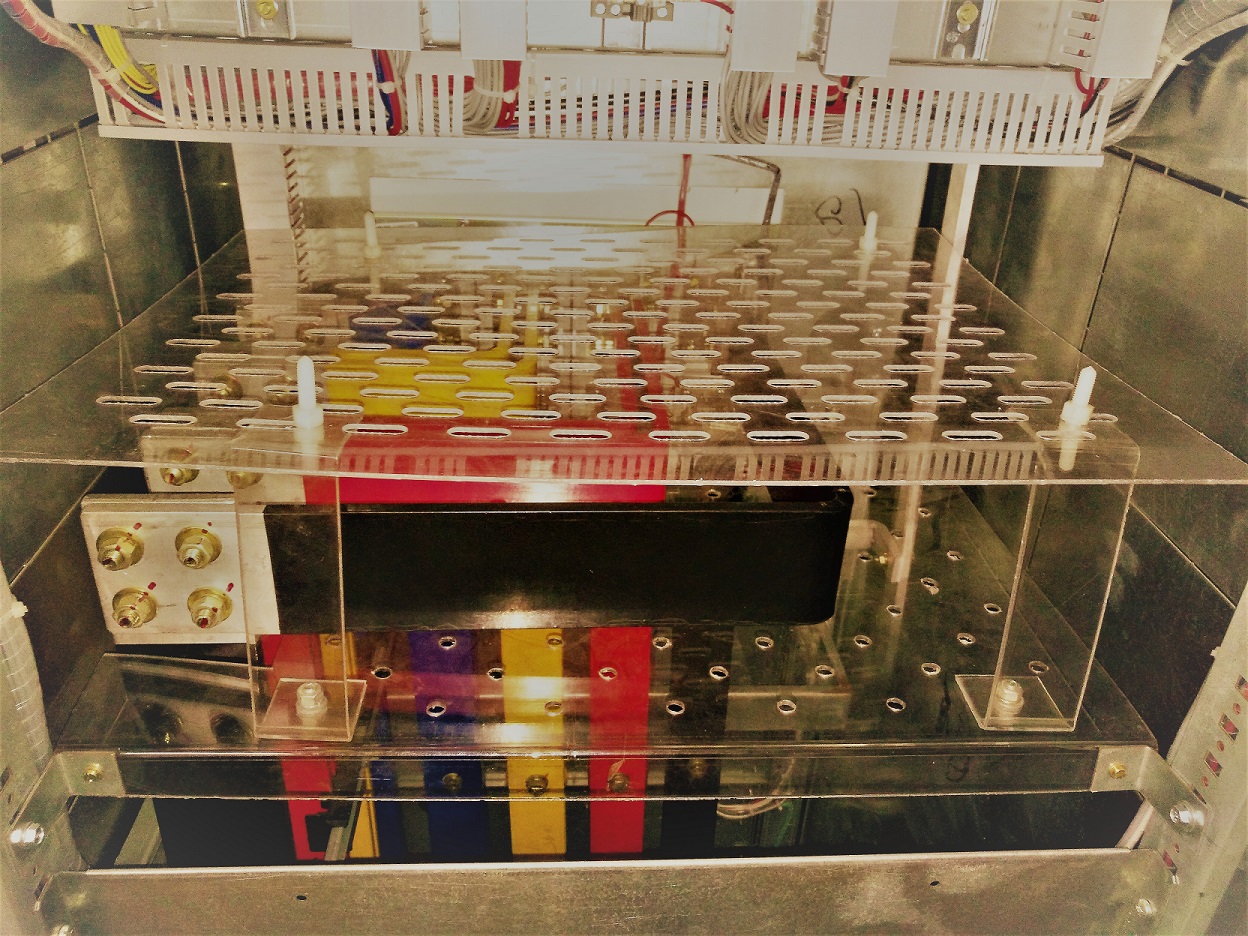Form of Separation has a wider terminology using in switchboards to understand it’s the importance and real use.
Although it’s clearly defined in Standards but earlier days it was not adopted well or we can say not demanded from consumer end. But if we are talking in today’s scenarios than we can’t even think any Switchboards without this.
Form of Separations
Er Sandeep Bishla
To understand it’s viability and uses as per applications than we need to refer the standards very well. In earlier days when IEC was not in full swing or we can say not followed by most of the countries than many countries followed BS (British Standards) or IS (Indian Standards) etc. I am also couldn’t forget the JS (Japanese Standards), AS (American Standards), etc. w.r.t. the related countries and areas.
Here we talking about Indian followers, so we know about British those ruled over India, and in many areas, their developed standard was followed before independence which was known as BS but after that IS are comes in picture to be followed.
The form of separations is well defined in BS-5486 and IS-8623. Now these days as IEC superseded slowly on every form of technical standards due to Internationally adaptability & well Certified. So now IEC-61439 is followed to perform Form of Separations in Switchboards now these days, also IS-8623 was not discontinued from 2014.

Refer to the standard IEC-61439 describes a system for classifying the various forms of separation to be provided principally for :-
 “Protection against contact with live parts belonging to adjacent functional units. The degree of protection shall be at least IP2X or IPXXB”
“Protection against contact with live parts belonging to adjacent functional units. The degree of protection shall be at least IP2X or IPXXB”
It is clearly defined that there should be finger protected from live protected. It includes protection against finger contact between Main Functional units, Adjacent Busbars & Busbar Connections as well as Terminals as required to achieve the form of separation being considered.
2. ![]() “Limitation of the probability of initiating arcing faults”
“Limitation of the probability of initiating arcing faults”
This is commonly achieved by Good Design Process & Procedures, mostly taken by Type Tests, operations of Switchgears, as well as SCPDs, doesn’t adversely behave to its adjoined functional units or conductors i.e. Busbars.
3. ![]() “Protection against the passage of solid foreign bodies from one unit of an Assembly to an adjacent unit. The degree of protection shall be at least IP2X”
“Protection against the passage of solid foreign bodies from one unit of an Assembly to an adjacent unit. The degree of protection shall be at least IP2X”
As to considered clearly that Finger Touch Proof which means 12mm dia parts will not be allowed to enter in between units. So if we refer to the IP (Ingress Protection) Chart than 12mm protection can only achieve at level IP2X. So higher than IP2X class is permissible but needs to see also the design parameters which can’t defeat the protection level. So horizontal partitions are to be used between compartments to prevent falling objects.
These three fundamental criteria are interrelated


No responses yet